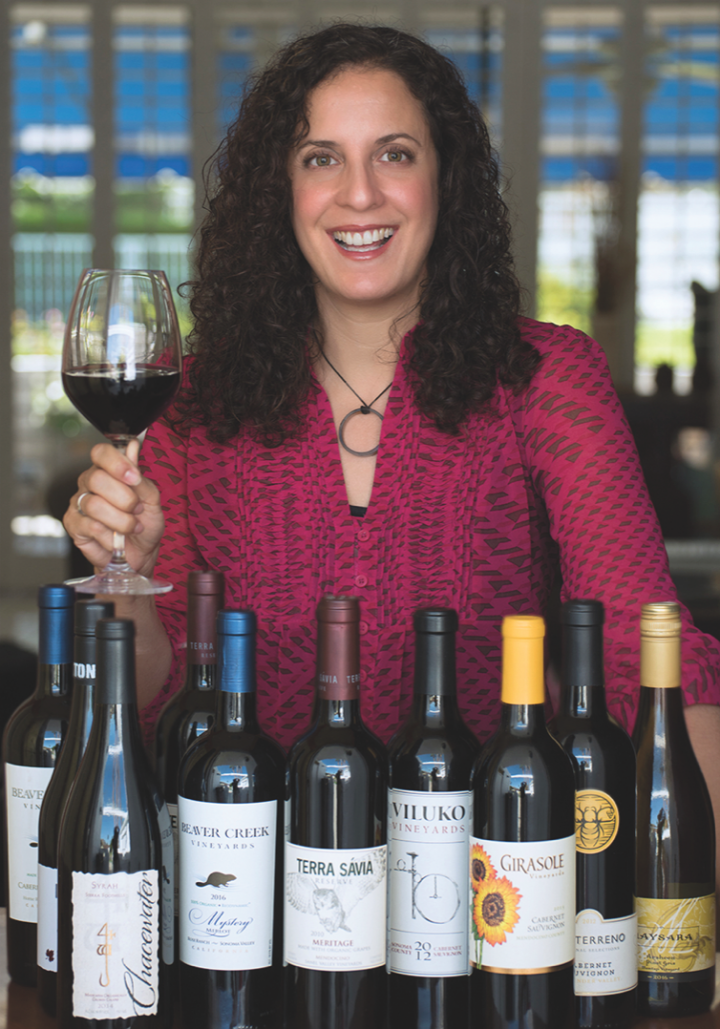
Since establishing Organicwineexchange.com in 2013, proprietor Ann Arnold has curated a one-stop online shop for certified organic, biodynamic, sustainable, non-GMO, no-sulfites-added, gluten-free and vegan wines. Though only four years old, the site has deep roots: It emerged from the closure of Long Beach, California–based Morry’s of Naples, a retail wine shop established by Arnold’s family in 1938. With the support of her family, Arnold—the third generation to helm Morry’s—shuttered the storefront in 2010 in order to take the business online and institute a fresh retail mission.
Initially, Arnold aimed to represent boutique wineries, so she researched various small-scale producers. All the winemakers that jumped out at her were farming sustainably, organically or biodynamically. Her unfamiliarity with this area of the wine business prompted her to explore further. She soon discovered that there was no major platform dedicated to organic wine. From there, Organic Wine Exchange took off. “Originally, it was just going to be wines made with organic grapes, whether certified or not,” says Arnold. “But I eventually honed in more on the certifications, because at the end of the day, that’s what people trust. I felt like I needed to create a safe haven for people who choose to go organic.”
Today, Organic Wine Exchange stocks between 250 and 300 wines, all made from certified organic grapes and priced at $11 to $48 a 750-ml. While organic and biodynamic wines account for most of Organic Wine Exchange’s SKUs, consumers are offered a wide variety of options, including gluten-free, no-sulfites-added, non-GMO and vegan wines. A number of different wine club options are also available, ranging from three bottles of reds a month to monthly mixed cases of red and white wines. Quarterly shipments are also available. As of now, Organic Wine Exchange currently ships to 14 states, though Arnold hopes to see shipping laws for retailers loosen in the future.
The site’s wines are sourced from a core group of roughly 50 producers, and Arnold shares close working relationships with many of them, especially those that are domestic and more accessible from her California base. “My niche is so small that what I do is represent wineries and their entire lines, because I never know what customers want, and I’m not going to choose what they like. I tell my customers that these are the wineries I’ve researched, and that they’re all certified.”
Organic Wine Exchange also doubles as an education center. The site initially launched as a blog aimed at teaching consumers, and retail sales came a couple years later. “I wanted the public to understand why they should choose organic wines, or at least what the benefits were,” Arnold explains. “The industry isn’t very clear-cut right now. It’s not consumer-friendly in the way that it speaks about the three different levels of organic in the United States, and that separation needs to be better defined for the consumer.”
To that end, Arnold has created pages of content dedicated to such topics as USDA labeling laws, biodiversity and environmental sustainability, and the website profiles of many of the winemakers whose offerings are featured. The profiles offer an up-close view of the organic winemaking process, thanks largely to Arnold’s talent for storytelling.
“My background is in filmmaking and photography,” says Arnold, who’s currently working on a documentary centered on daily activity at an organic winery. In light of the wildfires that recently ignited across California, Arnold is planning a trip to northern California to film the aftermath; this footage will be included within the documentary as well. “It’s very important to me that the consumer has a connection with where their product comes from, so I’m telling those stories. The winemakers are involved in the process from grape to glass, and I want people to see that. I feel like I’m their voice.”